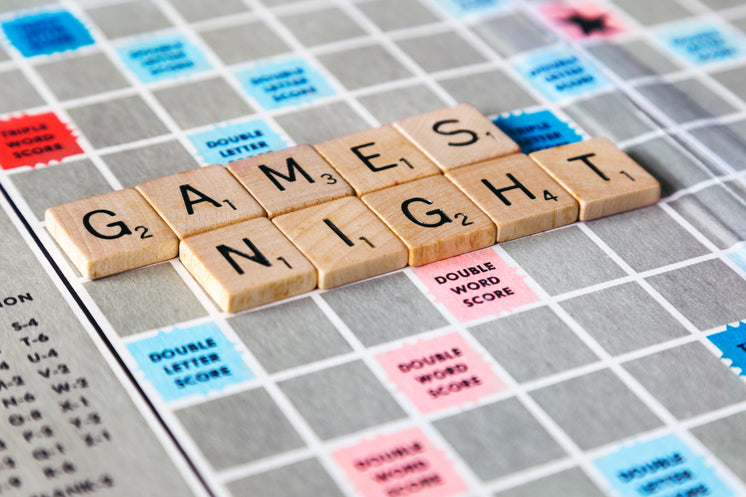
Chicken: A High-Stakes Gamble of Nerves and Wheels
The game of Chicken, in its purest, most adrenaline-fueled form, is a dangerous dance between two individuals hurtling towards each other, locked in a contest of wills. The first to swerve, to "chicken out," loses. While often romanticized and associated with rebellious youth and reckless abandon, Chicken is more than just a thrill-seeking activity. It's a potent metaphor for risk assessment, decision-making under pressure, and the delicate balance between bravado and survival, especially when considering the parallels to high-stakes casino games. This article explores the evolution of Chicken, its cultural impact, and the surprising psychological connections it shares with the world of gambling.
The Origins and Evolution of Chicken
The exact origins of the game are shrouded in the mists of time, likely emerging organically from the desire to test courage and dominance within peer groups. Before cars became the chosen vehicle, similar games (Read the Full Piece of writing) of nerve were likely played on foot or horseback. However, the advent of the automobile brought a new level of danger and spectacle, transforming the contest into something altogether more dramatic.

The game gained significant cultural traction in the 1950s, fueled by the burgeoning car culture and the rebellious spirit of the era. Movies like "Rebel Without a Cause" (1955), starring James Dean, immortalized the game of Chicken, solidifying its image as a symbol of youthful defiance and existential angst. Dean's character, Jim Stark, participates in a deadly version of the game involving stolen cars driven towards a cliff, showcasing the inherent risks and potentially fatal consequences.
Beyond the silver screen, Chicken became a part of the American vernacular, used to describe any situation where two parties are engaged in a head-to-head confrontation, each hoping the other will back down first. It's been applied to political standoffs, business negotiations, and even interpersonal relationships. The core principle remains the same: two opposing forces, heading for a collision, with the outcome determined by who flinches first.
Variations on a Theme: From Cliffs to Tracks
While the core concept of Chicken remains constant, numerous variations have emerged over time, adapted to different environments and resources. The classic "cliff" version, as depicted in "Rebel Without a Cause," is perhaps the most iconic, but certainly not the safest. Here are a few other noteworthy variations:
The Straight-Line Challenge: This involves two vehicles driving directly towards each other on a straight road. This version relies heavily on precision and timing, as both drivers must maintain their course until the last possible moment to avoid a collision.
The Railroad Track Challenge: In this incredibly dangerous variation, two cars race towards a railroad crossing as a train approaches. The first to cross the tracks loses. The risks involved are immense, making this version extremely reckless and rarely practiced.
The "Braking Game": Instead of driving towards each other, the cars race to a designated point, such as a painted line. The driver who brakes last is declared the winner. This version, while still risky, allows for a slightly greater margin of error.
Each variation emphasizes different aspects of the game, whether it's the ability to maintain a steady course, the timing of a last-minute maneuver, or simply the raw nerve to hold out longer than your opponent. Regardless of the specifics, the underlying principle of testing one's courage and imposing one's will remains the same.
The Psychology of Chicken: Risk, Reward, and the Fear of Failure
At its heart, Chicken is a psychological game. It's about understanding your opponent, assessing their risk tolerance, and projecting an image of unwavering confidence. The fear of being perceived as a "chicken" – a coward – can be a powerful motivator, driving individuals to take increasingly dangerous risks.
The game highlights several key psychological principles:
Risk Assessment: Players must constantly assess the potential rewards of winning (social status, bragging rights) against the potential consequences of losing (injury, death). This assessment is often skewed by emotional factors and a desire to impress.
Game Theory: Chicken can be analyzed using game theory, a mathematical framework for understanding strategic interactions. In game theory terms, Chicken is a non-cooperative game, meaning that the players' interests are opposed. The optimal strategy depends on what the other player is expected to do.
Loss Aversion: People tend to feel the pain of a loss more strongly than the pleasure of an equivalent gain. This can lead players to take greater risks to avoid the perceived humiliation of losing.
Social Pressure: The fear of social disapproval and the desire to maintain one's reputation can exert a powerful influence on behavior, pushing individuals to act in ways they might not otherwise consider.
The Illusion of Control: Players may overestimate their ability to control the situation, leading them to take risks they shouldn't. This is particularly true in situations where speed and unpredictable factors are involved.
Understanding these psychological factors can provide valuable insights into why people engage in risky behaviors, both in the game of Chicken and in other areas of life, including gambling.
Chicken and Gambling: Parallels in Risk and Reward
While seemingly disparate activities, Chicken and gambling share several key psychological and strategic similarities. Both involve taking calculated risks, assessing probabilities, and managing emotions under pressure.
Here’s a table highlighting the key parallels:
| Feature | Chicken | Gambling |
|---|---|---|
| Core Principle | Testing courage and forcing an opponent to yield through high-risk behavior. | Taking calculated risks with the hope of financial gain. |
| Risk Assessment | Evaluating the potential for injury or death against the reward of winning. | Evaluating the probability of winning and the potential payout against the risk of losing. |
| Psychological Factors | Fear of failure, desire for social status, illusion of control, risk aversion. | Greed, fear of missing out, loss aversion, gambler's fallacy. |
| Strategic Thinking | Understanding your opponent's tendencies, projecting confidence, timing your moves. | Analyzing odds, managing your bankroll, understanding game strategies. |
| Potential Consequences | Serious injury, death, social stigma (if you "chicken out"). | Financial loss, addiction, social isolation. |
In both scenarios, individuals must weigh the potential rewards against the potential consequences and make decisions under pressure. Just as a Chicken player must assess their opponent's nerve and project an image of unwavering confidence, a gambler must analyze the odds and manage their emotions to avoid making impulsive decisions.
Consider the game of poker. Like Chicken, poker involves bluffing, reading your opponents, and making calculated risks based on incomplete information. A successful poker player must be able to maintain a "poker face," project confidence, and exploit their opponents' weaknesses – skills that would also be valuable in a game of Chicken.
Furthermore, both Chicken and gambling can be addictive. The thrill of the risk, the adrenaline rush of the near miss, and the potential for a big win can all be highly rewarding, reinforcing the behavior and leading to compulsive engagement. The consequences of this addiction can be devastating, ranging from financial ruin to physical harm.
The Ethical Considerations: When the Game Becomes Too Dangerous
The inherent danger of Chicken raises serious ethical concerns. Is it justifiable to engage in a game that puts oneself and others at risk of serious injury or death? The answer, unsurprisingly, is almost universally no.
The game often involves reckless disregard for safety and the potential for collateral damage. Even if the participants consent to the risks, their actions can endanger innocent bystanders, particularly in variations involving public roads or railroad tracks.
Beyond the immediate physical risks, Chicken can also promote a culture of recklessness and disregard for consequences. It can normalize dangerous behavior and contribute to a climate where individuals feel pressured to take unnecessary risks to prove themselves.
From a legal standpoint, participating in a game of Chicken can result in criminal charges, ranging from reckless driving to assault with a deadly weapon. The specific charges will depend on the jurisdiction and the circumstances of the incident, but the potential for serious legal consequences is undeniable.
The Enduring Appeal: Why Chicken Still Captivates
Despite its inherent dangers and ethical concerns, the game of Chicken continues to hold a certain fascination. Its enduring appeal can be attributed to several factors:
The Allure of Risk: Humans are drawn to risk, especially when it involves testing their limits and facing their fears. Chicken provides a visceral and immediate way to experience this thrill.
The Power of Social Validation: Winning a game of Chicken can confer significant social status and respect, particularly within peer groups. The desire for this validation can be a powerful motivator.
The Simplicity of the Concept: The game is easy to understand and requires no specialized equipment or skills. This makes it accessible to a wide range of individuals.
The Metaphorical Resonance: Chicken serves as a powerful metaphor for life's challenges, reminding us that we must often make difficult decisions under pressure and weigh the risks and rewards of our actions.
- Cultural Representation: Movies and other media have romanticized the game, portraying it as a symbol of rebellion, courage, and youthful defiance. This cultural association has helped to perpetuate its appeal.
Conclusion: A Risky Game with Lasting Lessons
The game of Chicken, with its high stakes and potentially fatal consequences, serves as a stark reminder of the delicate balance between risk and reward, bravado and survival. While the game itself is inherently dangerous and should be avoided, the psychological principles it embodies – risk assessment, decision-making under pressure, and the management of emotions – are relevant to a wide range of situations, including the world of gambling. By understanding these principles, we can make more informed decisions, manage our emotions more effectively, and avoid falling prey to the allure of reckless behavior. Ultimately, the most valuable lesson of Chicken is not to prove your courage by taking unnecessary risks, but to exercise wisdom and restraint in the face of pressure.
















